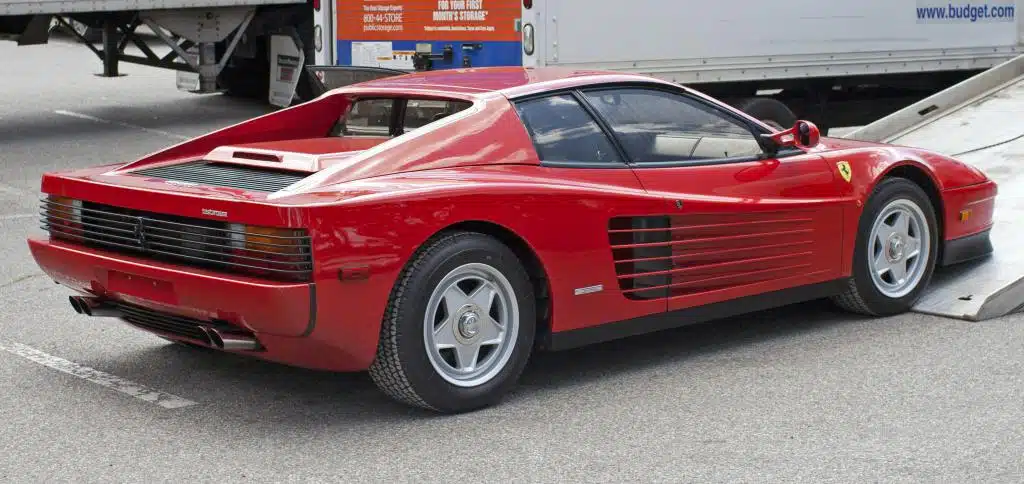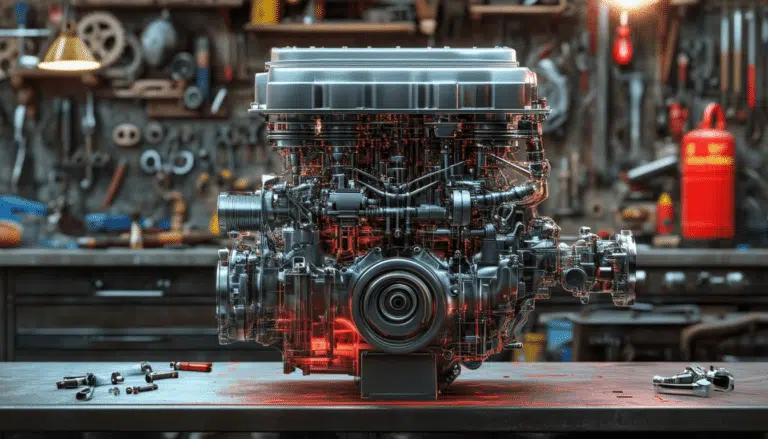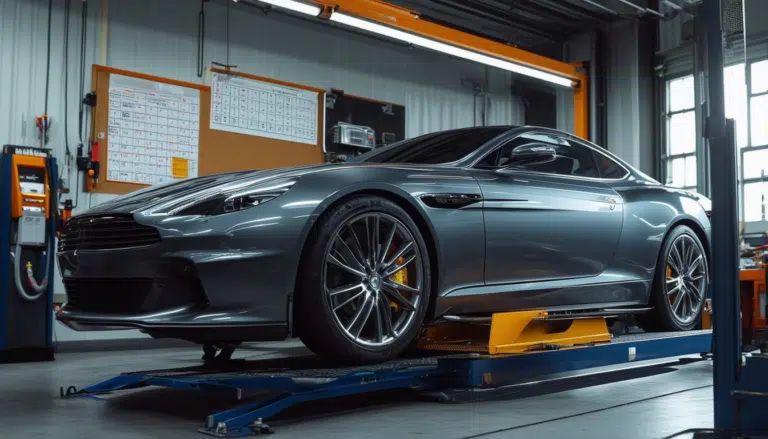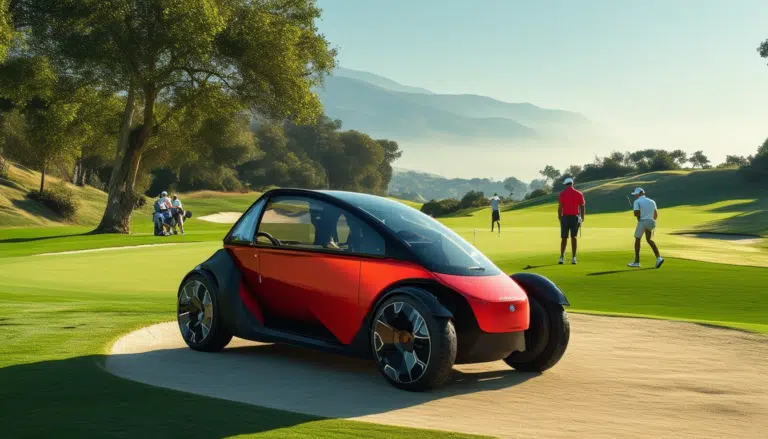De los turbo de los 80 a los deportivos de 16 válvulas en los 90: un repaso a los modelos que más nostalgia generan

The 1990s witnessed a true revolution in the automotive world, marked by the rise of 16-valve sports cars. While the 80s were dominated by the turbo engine craze, the 90s saw sport compact cars emerge forcefully, equipped with naturally aspirated engines that featured more advanced technologies. These models, which became true icons of the era, left an indelible mark and are fondly remembered by automotive enthusiasts. Today, we engage in a nostalgic exercise by recalling some of the most emblematic vehicles of this golden era.
The evolution of the automotive sector between the 80s and 90s left us with a golden era of iconic models that today evoke great nostalgia. In the 80s, turbo engines dominated the roads, while 16-valve sports cars took over in the 90s. In this article, we will remember some of the most iconic models from this exciting transition in automotive engineering. During the 1980s, turbo engines revolutionized the world of sports vehicles. A turbo engine allows for compressed air to be injected into the engine, thus increasing its power without the need to enlarge the displacement. This technological advance became the norm for vehicles seeking to maximize performance at high speeds. Models such as the Renault 5 Turbo and the Ford Capri marked a turning point in the automotive industry. These models, often associated with competition, earned a place in automotive history. A deep analysis of the Ford Capri can be read in this comprehensive study. With the change of the decade, 16-valve vehicles took over from turbo engines. Brands recognized the potential of installing cylinder heads with four valves per cylinder in their compact sports models, optimizing airflow and increasing engine performance. This change made the 90s especially significant for this type of vehicle. Launched in 1993, the Renault Clio Williams became a phenomenon. This model, created to homologate a rally version, stands out for its F7P engine modified to 2.0 liters, generating 150 hp. It was one of the first indications of what could be achieved with 16-valve mechanics in a compact car. Opel also left a mark with its Astra GSI 16V. Launched in 1991 as a successor to the legendary Opel Kadett GSI, this model offered a C20XE engine of 2.0 liters and 16 valves, capable of producing 150 hp. This sporty compact represented a significant evolution in Opel’s offering during the 90s. The Peugeot 309 GTi 16V is another of those unforgettable models. Launched in 1989 with an XU9 engine of 1.9 liters and 16 valves, this car reached 160 hp, making it a desired vehicle by speed enthusiasts. Its legacy is also felt in later models from the brand, such as the Peugeot 405 Mi16 and the Citroën BX 16V. We cannot overlook the iconic Volkswagen Golf GTI. During its third generation, the Golf GTI presented a renewed design and a 16-valve 2.0-liter engine that produced 150 hp. The Golf remained a benchmark in the compact sports segment thanks to its excellent performance and innovative design. Finally, the Seat Ibiza Cupra, produced in Spain, also found its place on this list. In 1996, with the Ibiza II, the Ibiza Cupra implemented a 2.0-liter 16-valve engine generating 150 hp, allowing it to stand out against competitors like the Renault Clio Williams. In summary, the evolution of sports vehicles from the turbo-focused 80s to the innovative 16-valve engines in the 90s was a pivotal change in the automotive world. These vehicles not only remained in the memories of enthusiasts but also paved the way for the development of future generations of sports cars. More about the history and evolution of these classic engines can be explored in this analysis on the farewell of an iconic Volkswagen engine.The Turbo Engine Era in the 80s
Transition to 16-Valve Sports Cars in the 90s
Renault Clio Williams
Opel Astra GSI 16V
Peugeot 309 GTi 16V
Volkswagen Golf GTI
Seat Ibiza Cupra
The Evolution of Compact Sports Cars: From the Turbo of the 80s to the 16-Valves of the 90s
The transition from the 80s to the 90s in the world of compact sports cars was a period of remarkable transformations, characterized by the shift from turbo engines to those with 16 valves. This evolution reflects not only a technological advance but also a response to the demands of an increasingly competitive market focused on delivering spectacular road performance.
During the 80s, turbo engines dominated the automotive scene, offering a powerful boost and a brutal excitement behind the wheel that drivers and automotive enthusiasts greatly appreciated. However, as innovations in engineering advanced, manufacturers began to explore alternatives that provided a combination of performance, efficiency, and reliability, paving the way for the 90s and its fever for 16-valve engines.
The iconic models of the 90s, such as the Renault Clio Williams, Opel Astra GSI 16V, Peugeot 309 GTi 16V, Volkswagen Golf GTI, and the Seat Ibiza Cupra, marked an era and became true objects of desire. These cars were not only symbolically powerful but represented the pinnacle of engineering of their time, offering users a driving experience that highlighted both fun and efficiency, complemented by attractive and dynamic design.
The legacy of these compact sports cars remains alive in the hearts of enthusiasts and future generations who recognize the significance of this golden age of motorsport. Although electric engines have begun to forge the path in current trends, there will always be a spark of nostalgia for those atmospheric 16-valve engines that defined an era. These machines remind us of a time when the passion for driving and automotive design took a significant step forward, driven by innovation and the desire to connect man with machine in a unique and sensational way.





